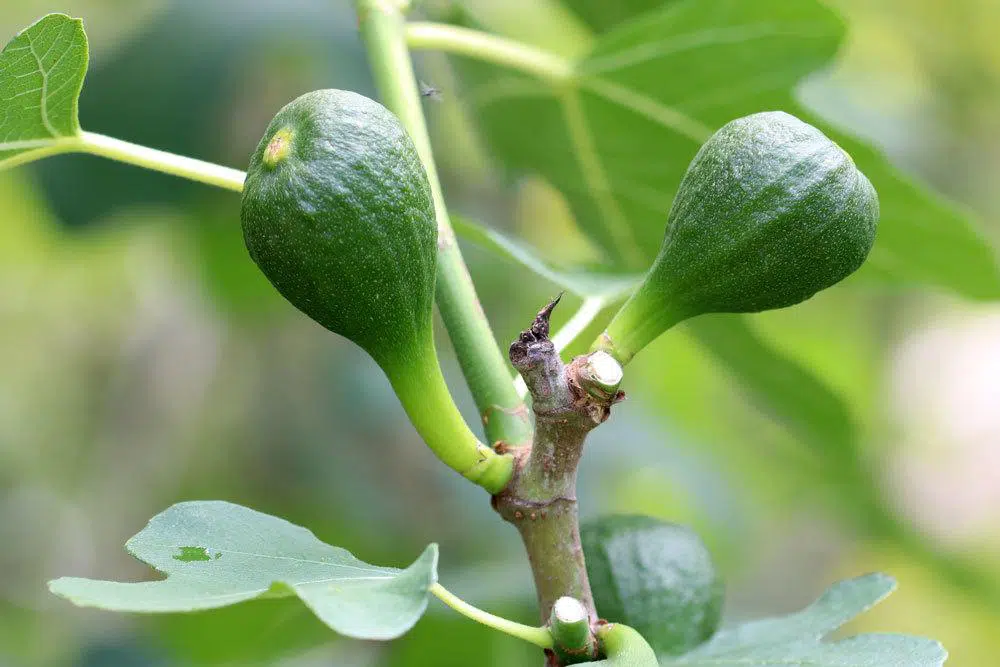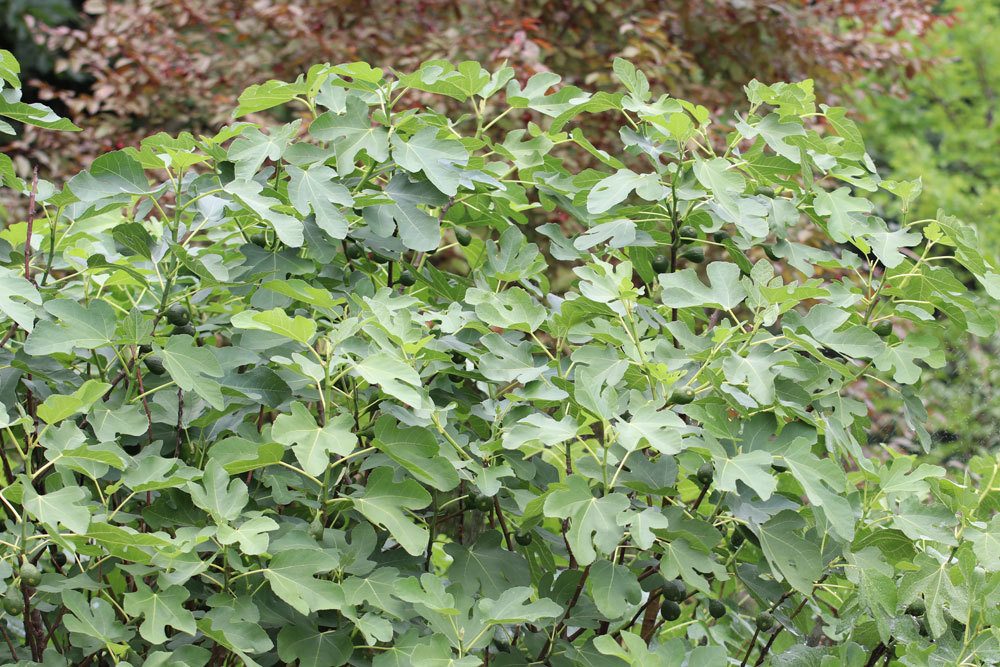Fig (Ficus carica) is a specialty among exotics. It is decorative and also offers delicious fruit. How fast a fig tree grows is influenced and controlled by different factors.
- Ficus carica grows as a medium-sized tree or large shrub
- belongs to the oldest domesticated useful plants
- grows much smaller in this country than in its natural habitat
- can be planted out in the garden or cultivated in tubs
Contents
Growth depends on the region, variety
The main attraction of the fig tree is the fruit. But the woody plant itself is also extremely decorative. While in its natural habitats it can grow up to ten meters high and wide, in this country it is between 300 and 400 cm. Under optimal conditions, even up to 500 cm. The annual growth is 20-40 cm.
- Growth rate depends, among other things, on the variety
- some are particularly vigorous, others less so
- growth in the first period after planting is low
- fig tree initially busy with formation of a strong root system
- root shallowly extended and about three times the size of the crown
- main root grows almost vertically into the ground
- remaining roots radiate around the plant
- Ficus carica a rather sparse growing woody plant
- branching already starts at low height
In older specimens, the crown is very broad and spreading as well as irregular and low. The fig tree grows as wide as it does high. Consequently, the usually gnarled, twisted or bent trunk is comparatively short and stocky.
Note: Like the crown, the roots spread in all directions, potentially harming neighboring plants.
Put the brakes on growth
As mentioned earlier, the fig tree tends to form a spreading crown or grows rapidly in width. This can be a problem, especially in smaller gardens.
- Remove all extra ground shoots to limit width growth.
- Growth too high, consistently shorten all shoots
- Pruning should be done as early as possible
- Fig tree needs time to form new fruiting wood
- Woody plant sometimes develops many branches close to the ground
- for aesthetic shape, remove all downward growing shoots close to the ground
- pruning strengthens vertical branches
- restore straight shape of crooked, strong branches by supporting them
If the crown is now too dense, transverse shoots can be cut out. After that, the fig should form a ‘V’, that is, all the main shoots should grow radially from the root. The best time to do this is in the spring, as soon as there is no longer a threat of heavy frosts.
Note: Young fig trees in particular often require training pruning to bring main or leading shoots and secondary shoots into a balanced relationship.
Restricted growth in containers
For moderate growth in containers, it is advisable to choose less vigorous varieties such as ‘Dalmatica’, ‘Dauphine’ or ‘Longue d’Août’. If necessary, you can lower the plants into the ground together with the tub. However, they also feel very comfortable on a sunny balcony. In the tub, a fig tree usually grows much slower.
Nevertheless, the annual growth can still be up to 35 cm. To do this, they need to be repotted about every two years. Alternatively, Ficus carica can also be grown as a trellis and, with good care and regular pruning, can quickly cover entire house walls.
Note: At the age of two to three years, roots and wood are mature enough that they can also be planted out in the garden and overwintered, provided they are frost-hardy varieties. Varieties with yellow or green fruit and less deeply lobed foliage are considered the hardiest.
- Care for optimal growth
- In the garden
- Location should be full sun and sheltered
- Temperature fluctuations are not well tolerated
- Soil preferably loamy and calcareous, slightly acidic, well-drained and nutrient-rich
- mud the subsoil well
- allow to dry before next watering
- root ball should still be slightly moist
- do not fertilize nutrient-rich and fresh soils
- otherwise monthly fertilization is usually sufficient
- figs only conditionally hardy
- frost hardiness depends on region and variety
- in mild wine-growing regions overwintering outdoors possible
- in mild to cold only under favorable conditions
- very cold regions not suitable for overwintering outdoors

Not infrequently figs freeze back in the winter, but usually sprout again. This happens mainly in prolonged periods of cold weather with temperatures below minus 15 degrees. Possible frost damage can be removed during spring pruning.
In the tub
When fully leafy, potted figs need a lot of water, as they evaporate a lot of it. Water enough so that the root ball is always well moistened. Wet feet are not a problem. Only lime-free or filtered tap water should be used for watering. Liquid fertilizers are suitable for fertilizing, which are applied via the water.
At the beginning of budding, fertilize every two weeks, then weekly, and from August onwards no more. For wintering, wrap the pot in a jute bag or fleece and stuff it with insulating material. Then put it in a sheltered place near the house. Especially frost-sensitive varieties are best overwintered in a protected winter quarters.
Frequently asked questions
What if the fig tree does not bear fruit?
If it does not bear fruit even after several years, it may be due to poor site conditions, errors in care, an unsuitable variety or unfavorable weather conditions. Thus, sudden onset of winter, prolonged periods of rain and unusually warm temperatures in January and February may be responsible.
How big can a fig grow?
In our latitudes, it can grow up to 500 cm tall and wide, depending on environmental conditions. In the tub, it remains much smaller, up to 300 cm.
Can young figs be planted out directly?
Young specimens should not be planted directly in the garden, but at the earliest after three to four years. Only then are they strong and stable enough to survive even stronger frosts outdoors.


